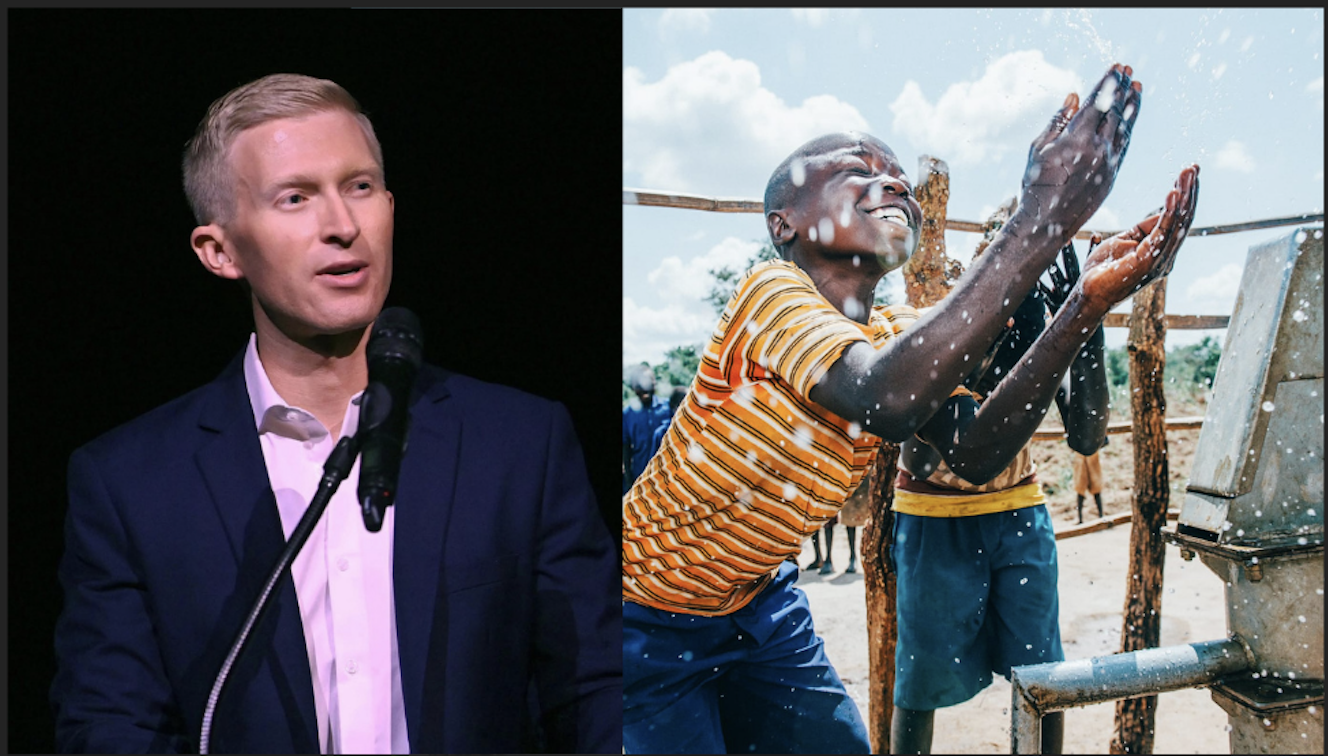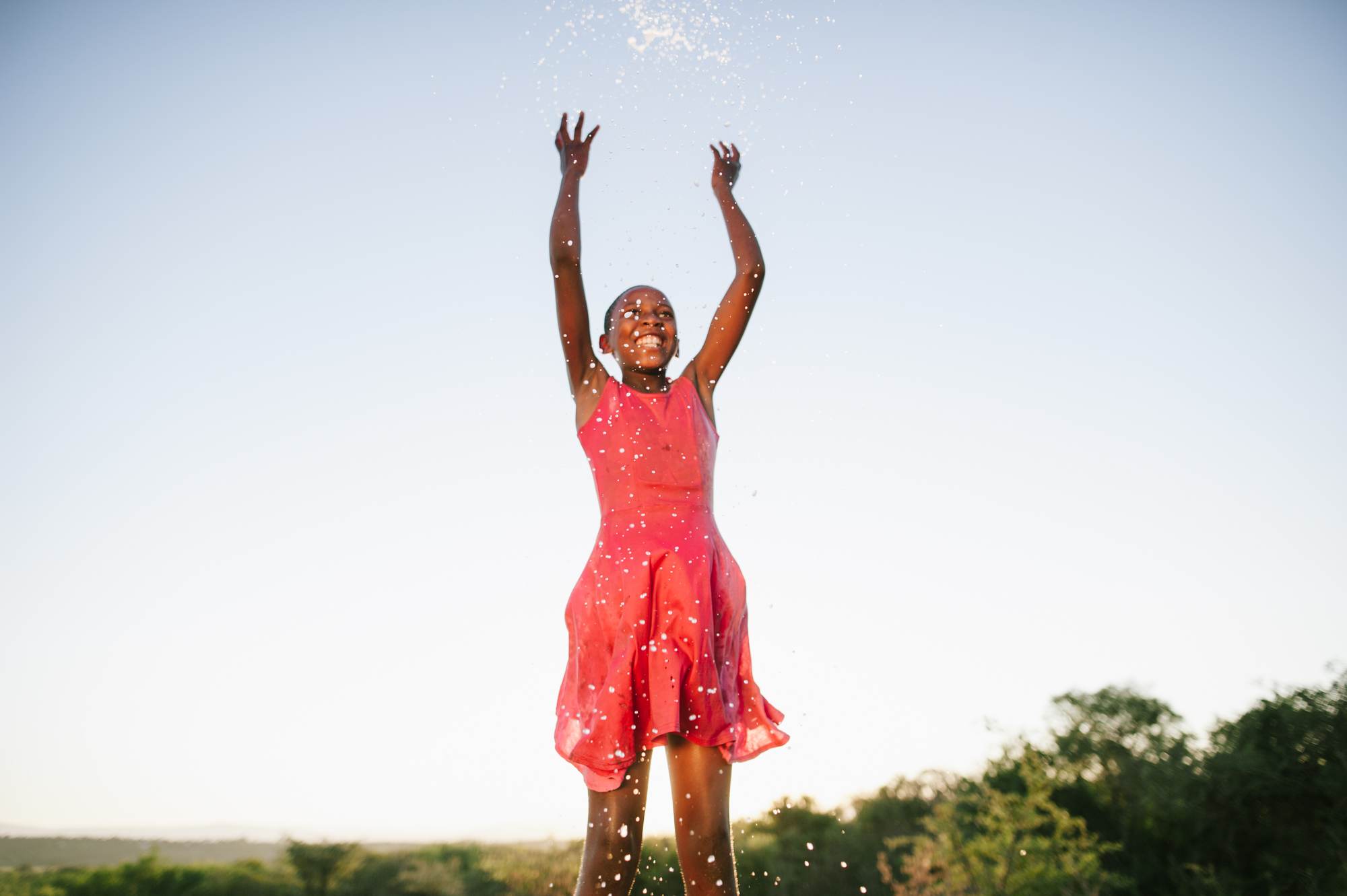Led by Seth Maxwell and His Team, the Thirst Project Is Giving Hope, and Clean Water to Communities in Need
Discover how Thirst Project is transforming lives by providing clean water to communities in need—and learn how you can support this mission!

Clean water isn’t a luxury—it’s a basic human right. Yet, for millions of people around the world, safe drinking water is still out of reach.
That’s where Thirst Project steps in, transforming lives by building sustainable clean water solutions for communities in need. Their work goes far beyond drilling wells; it restores health, empowers women and children, and creates opportunities for a better future.
In this article, we dive into Thirst Project’s mission, explore the impact they’ve made, and share inspiring stories of communities that now have access to clean water—thanks to people like you who choose to make a difference.
The Mission Behind Thirst Project: Fighting the Global Water Crisis
It all started with a simple yet powerful realization: clean water is a basic human right, yet millions of people still lack access to it.
The Thirst Project was founded with a bold mission—to end the global water crisis by providing safe, clean drinking water to communities in need.
Since its inception, the organization has worked tirelessly to build sustainable water projects in some of the most water-scarce regions in the world.

The initiative began when a group of passionate students learned about the devastating impact of water scarcity.
What started as a grassroots movement quickly grew into a globally recognized nonprofit. Today, Thirst Project operates in countries like the Kingdom of eSwatini and El Salvador, identifying communities where access to clean water can transform lives.

Their work goes beyond building wells; they focus on sustainability, long-term impact, and community involvement.
With over 700 million people still struggling without clean water, the Thirst Project is more than just a charity—it’s a movement.
By raising awareness, educating young people, and mobilizing resources, they are taking a stand against one of the world’s most pressing humanitarian crises.
Identifying Communities in Need: How Thirst Project Chooses Where to Act
Providing clean water isn’t just about digging wells—it’s about strategically identifying the communities where access to safe drinking water will create the greatest impact.
The Thirst Project follows a meticulous selection process to ensure that each project truly transforms lives.
The organization focuses its efforts on countries like the Kingdom of eSwatini and El Salvador, where water scarcity and contamination are severe challenges.

Their teams on the ground, including local Country Directors and Water Technical Boards, conduct thorough Needs Assessments to evaluate multiple factors before approving a project. These assessments take into account:
- Population size: Ensuring the project serves a significant number of people.
- Current water source: Analyzing if existing sources are contaminated or unreliable.
- Distance to clean water: Understanding how far residents must travel to collect water.
- Health impact: Documenting cases of waterborne diseases or deaths caused by unsafe drinking water.
The selection process is highly community-driven. Many villages are identified through word-of-mouth from local leaders, referrals from nearby communities, and participation in governmental forums that highlight urgent needs.

This collaborative approach ensures that resources go to the places where they are needed most, creating long-term change and empowering entire communities with sustainable water solutions.
From Crisis to Change: Success Stories That Inspire
Access to clean water is more than a basic necessity—it’s a life-changing force that impacts health, education, and economic opportunities.
The Thirst Project has transformed thousands of communities, giving them the foundation to thrive.nOne powerful example comes from Santiago Nonualco, La Paz, El Salvador, where over 200 residents once relied on unsafe, shallow artisanal wells for drinking water.
Before the Thirst Project intervened, families, especially women and children, spent hours each day collecting contaminated water, leading to frequent illnesses and lost opportunities for education and work.

After the installation of a clean water system, the community took ownership of their future.
Within a year, residents extended the system with over 1,000 feet of piping, bringing safe water directly to 40 homes. Now, women can pursue jobs, children can focus on school, and families have the water they need for agriculture and daily life.
This is just one of the 3,500+ projects that the Thirst Project has completed, proving that clean water doesn’t just quench thirst—it transforms entire communities, paving the way for healthier and more prosperous futures.
Overcoming Challenges: What It Takes to Build Sustainable Water Solutions
Providing clean water to communities in need is no easy task.
Each project comes with unique challenges, from geographic and environmental barriers to financial and logistical constraints.
However, the Thirst Project’s commitment to long-term impact ensures that these obstacles are met with innovative and sustainable solutions.

One of the biggest challenges in building water wells is hydrology and drilling. Sometimes, even after extensive surveying, a drilling site may not yield enough water or may contain high levels of fluoride or heavy metals, making it unsafe for consumption.
In such cases, the team must relocate and restart the drilling process, increasing costs and extending timelines. But these extra efforts are crucial to ensuring that the water source will be safe and sustainable for generations.

Another major hurdle is maintenance and long-term sustainability.
Many water projects built by foreign NGOs fail within the first year due to lack of local involvement.
To prevent this, the Thirst Project follows strict Standards of Sustainability, working directly with local leaders and training community members to manage and maintain the water systems.

This approach has led to an impressive 99.7% success rate, with fewer than 10 failures out of 3,500+ projects.
Despite the challenges, the Thirst Project remains dedicated to its mission of eradicating the global water crisis.
Through strategic planning, community involvement, and a commitment to long-term solutions, they continue to bring clean water—and hope—to those who need it most.
How You Can Support Thirst Project’s Mission
Access to clean water is a basic human right, yet millions still struggle without it. The Thirst Project is changing that reality—one community at a time. But this mission is only possible through the support of people like you.
There are many ways to get involved.
You can make a direct impact by donating to fund water projects, partnering with Thirst Project as a business or organization, or even starting your own fundraising initiative. Every contribution, no matter the size, helps bring clean water to those in need.
Ready to make a difference? Join the movement today. 💙 Donate now and be part of the solution!
